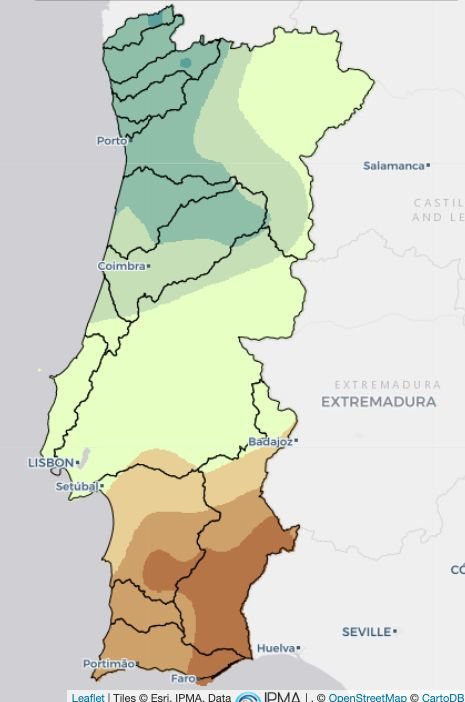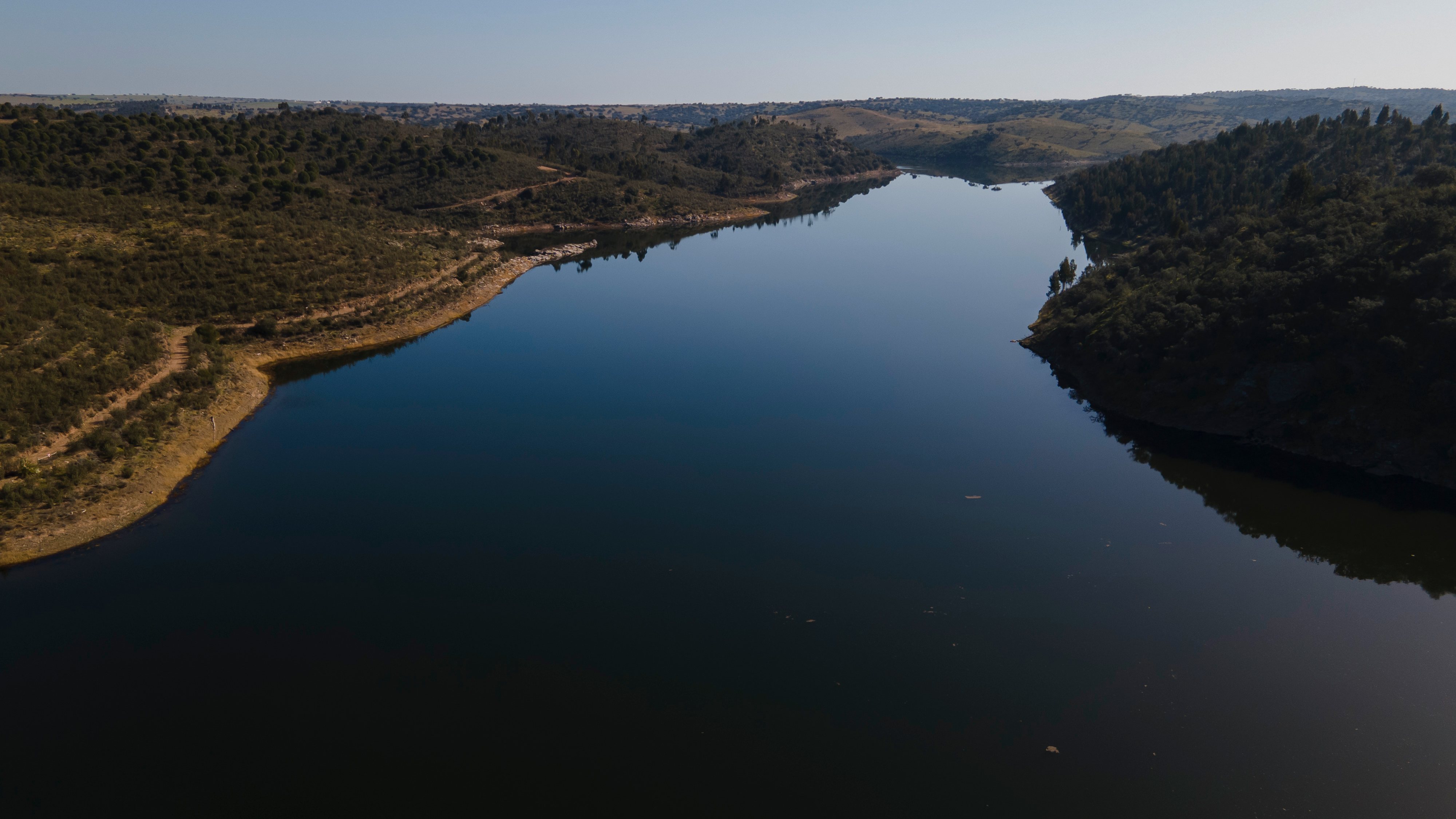Updated at 13:10 with a report from the Portuguese Environment Agency on the storage of dams after the rains.
The water level in Alqueva has risen more than 2 meters since the beginning of December. According to information provided to the Observer by the president of EDIA (Empresa de Desenvolvimento e Infraestruturas do Alqueva), the largest reservoir in the country increased its storage by around 400 cubic meters. José Pedro Salema indicates that the quota is currently at 72% of its capacity, 10 percentage points more than in November. This is information from Wednesday at the end of the day that, adds the manager, will quickly become out of date because “the quota continues to rise rapidly as a result of the significant tributary flows (of the order of 1,500 m3 per second)”.
According to data cited by the Público newspaper of the Guadiana Hydrographic Confederation, the volume of water that entered Alqueva between December 1 and this Wednesday reached 379 million cubic meters, of which 200 million cubic meters arrived in just 24 hours. This is a value much higher than the average for the historical rate of water inflow to said dam and is explained by the heavy rains that have fallen in recent days and also because the water level in the soils had been replenished with the rainfall of October and November which allowed a greater volume of runoff towards the reservoirs.
The reinforcement of the largest water reserve in the country is in line with the situation of most of the reservoirs which, thanks to the intense rains that have fallen mainly in the last week, seem to have finally recovered from a historic drought that led to an unprecedented cessation of the use of water for purposes other than the supply of human consumption.
The Portuguese Environment Agency (APA) updated the status of the reservoirs in Portugal after the heavy rains that occurred between December 12 and 14, which allowed an increase of 785 cubic hectometres, raising the storage level to 72% compared to the full capacity. This is a significant increase compared to the 65% verified up to that date. However, of the 71 dams monitored by the APA, there are still 18 that have availabilities below 50% and 14% are below 40%.
The recovery of water reserves occurred in almost all hydrographic basins at the national level, with emphasis on the basins of Vouga (more than 20%), Mondego (more than 14%), Tejo (more than 17%), Eastern Algarve (more 10%) and Guadiana (7% more). One of the examples highlighted by the APA is the Maranhão dam (in Alto Alentejo) which a week ago was barely 26% full and rose more than 13.6 meters. This dam intended for irrigation has already had to discharge. Another example that is referred to is Varosa whose level has risen more than eight meters.
Seven dams made controlled releases to accommodate more water
In addition to Maranhão, the Alto Lindoso (Lima), Caniçada (Cávado), Aguieira and Fronhas (Mondego), Castelo de Bode (Zêzere) and Póvoa and Meadas (Nisa/Tejo) dams had to carry out controlled unloadings to recover the cash. in power before heavy rains in November and December.
The APA highlights the important rains that occurred in the southern region and that allowed the recovery of some reservoirs thanks to the saturation of water in the soil. However, it warns of a slow recovery of groundwater and points out that there is still no recovery in the Bravura and Odelouca reservoirs (windward) and in the Mira and Sado basin (on the Alentejo coast). In these reservoirs, the
This Wednesday, the Minister of the Environment, Duarte Cordeiro, revealed that of the 15 dams where hydroelectric production was suspended until a strategic water reserve was secured, only one remains with restrictions. The case of Alto Rabagão in the municipality of Montalegre is explained by the fact that it is a dam located at a high altitude, which limits the amount of runoff it receives.
The Portuguese Institute of the Sea and the Atmosphere published this Thursday the monitoring report of the drought for the month of November, according to which 28% of the territory was still in drought on that date, with the interior of Baixo Alentejo and the eastern Algarve to the be in severe drought. The entire northern and central region had come out of the situation of meteorological drought, with emphasis on the coastal strip. This diagnosis also excludes the effects of the intense rain events registered in December.

Source: Observadora
